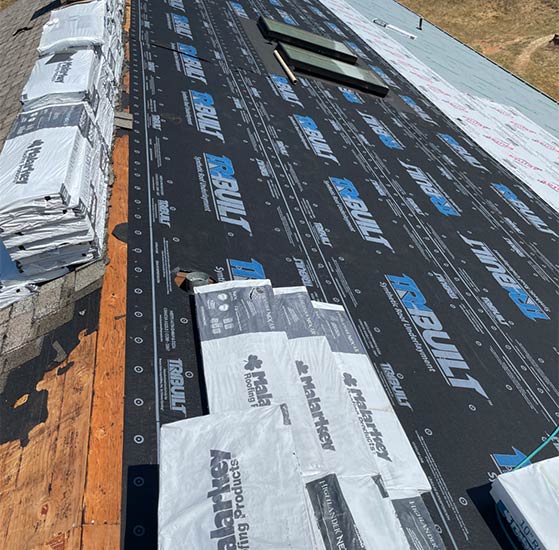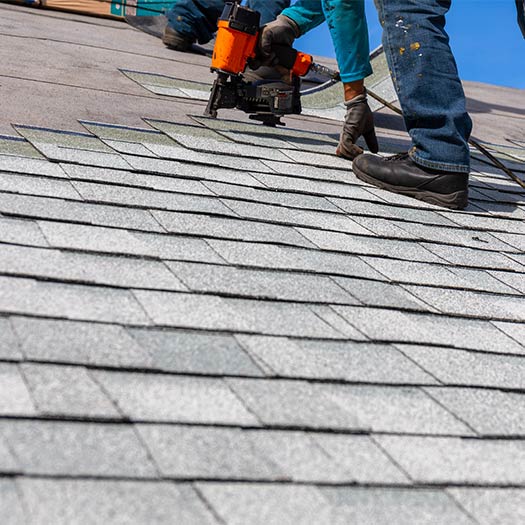For homeowners, the thought of addressing roofing issues can be as daunting as the looming shadows in an Alfred Hitchcock film. It’s a quintessential part of your home’s defense system, but how do you know when it’s time to call in the cavalry for a replacement versus tackling the issue with a few strategic repairs? In this detailed guide, we’ll walk you through the critical steps of recognizing roof damage, evaluate the pros and cons of repairing versus replacing, and provide insights to help you make an informed decision that’s right for your home and budget.
The Importance of Timely Roof Maintenance
Before we can distinguish between repair and replacement, understanding the importance of regular roof maintenance is key. Your roof is your first line of defense against the elements, from scorching sun to torrential rain and heavy snow. Neglecting maintenance may lead to more significant problems, such as water damage, mold growth, and even structural instability.
A proactive approach to maintenance not only ensures the integrity of the structure but also prevents costly repairs or replacements down the line. Regular inspections, especially after severe weather conditions, are excellent preventive measures that can save you time, money, and worry.
Recognizing Signs of Roof Damage
Learning to read the messages your roof is sending you is an invaluable skill for any homeowner. Here are some common red flags:
Leaks
Water stains on your ceiling, damp spots in the attic, or mold growth can all indicate leaks. These are often challenging to locate precisely and may require the expertise of a professional to diagnose and repair.
Missing Shingles
Roof shingles protect your home from the elements and loss of some could compromise this protection. Look for patches of missing shingles or granules in your gutters, indicating they may have worn away.
Structural Issues
Sagging areas or a visible dip in your roofline could mean structural issues that may require a full roof replacement. Any signs of structural damage are serious and should be assessed by a professional immediately.
Understanding these signs and addressing them promptly can help mitigate more significant issues and costs down the road.
Benefits of Repairing
When caught early, many roof issues can be resolved with a simple repair, offering several advantages:
Cost-Effectiveness
Repairing a section of your roof is typically more budget-friendly than a full replacement. It also allows you to address immediate concerns without incurring the cost of a new roof entirely.
Extending Roof Lifespan
Regular maintenance and timely repairs can prolong the life of your roof, ensuring you get the most out of your initial investment. After all, you want to be proactive, not reactive, when it comes to your roof’s health.
Benefits of Replacing
While repairing your roof can be beneficial, there are times when replacement is the more prudent choice:
Long-Term Durability
Replacing your roof provides a new, durable shield for your home. It can be a preemptive measure against future damage and often includes a warranty that covers you for many years.
Increased Property Value
A new roof can significantly enhance your home’s curb appeal and market value. Potential buyers are keen on the condition of the roof, and the investment in a new one can be a selling point.
Ultimately, the decision to repair or replace your roof should be based on the current state of your roof, your long-term homeownership goals, and your financial situation.
Considerations for Homeowners
Determining how to proceed with roof maintenance can be complex, and there are several factors to consider:
Budget Constraints
Your budget will play a significant role in the decision-making process. While repairs are more budget-friendly in the short term, a well-timed replacement can save you more over the long run by eliminating the need for multiple repairs.
DIY vs. Professional Assistance
Are you a weekend warrior who feels confident on a ladder, or do you prefer to leave the heights to the pros? DIY repairs may seem appealing for minor issues, but the complexity and safety risks of roof work often warrant the expertise of a professional.
Environmental Factors
Local climate and environmental factors can affect the life expectancy of your roof. Severe weather or environmental conditions specific to your area may necessitate different approaches to maintenance and timing for replacement.
By carefully evaluating these considerations, you can make a decision that aligns with your home’s needs and your peace of mind.
Addressing Roof Issues Promptly
Your roof is a vital component of your home, and recognizing when it needs attention is crucial. Whether it’s a few missing shingles or a more serious structural issue, addressing roof problems swiftly can prevent more extensive damage and costs.
In your homeowner’s tale, consider this guide a roadmap, guiding you from recognizing the signs of roof damage, through the decision-making process of repair or replacement, to ensuring that the shelter above your head remains a secure and enduring part of your home.



